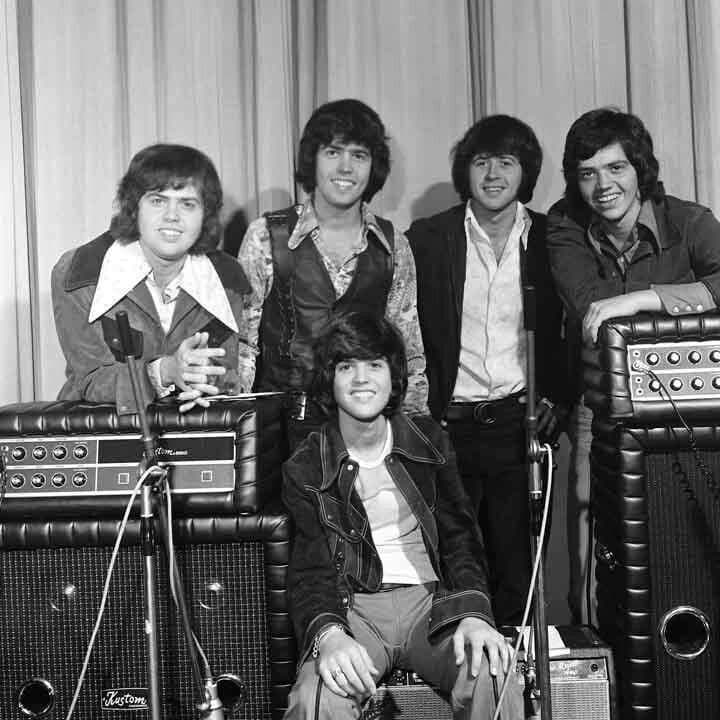
A Ballad of Unwavering Devotion and Quiet Strength
In the tapestry of 1970s pop music, where bubblegum pop and burgeoning rock anthems competed for airplay, The Osmonds carved a unique niche. While often associated with their infectious, upbeat hits, they also demonstrated a remarkable ability to deliver heartfelt ballads. Among these, “The Proud One,” released in 1975 from the album of the same name, stands out as a testament to their versatility and emotional depth.
This poignant ballad, with its soaring melodies and tender lyrics, resonated deeply with audiences, particularly those who appreciated a more mature and contemplative sound. While it didn’t reach the dizzying heights of some of their earlier chart-toppers, peaking at number 68 on the Billboard Hot 100, its impact extends beyond mere chart positions. It showcased a different side of the group, one that emphasized vocal prowess and emotional delivery over high-energy performances. In the UK, however, the song found a warmer reception, reaching number 15 on the charts, demonstrating its lasting appeal across the Atlantic.
The song’s narrative centers around unwavering devotion and quiet strength. It speaks of a love that endures through trials and tribulations, a love that finds its power not in outward displays but in quiet acts of support and unwavering belief. It’s a tribute to those who stand by us, who see our potential even when we doubt ourselves, and who provide the bedrock of support upon which we build our lives. The lyrics paint a picture of a partner who is a constant source of encouragement, a “proud one” who believes in the protagonist’s abilities and offers unwavering support. This theme of steadfast love and quiet admiration resonated with audiences who valued long-term relationships and the quiet strength of enduring partnerships. The song is a testament to the power of unwavering belief in someone you love.
The music itself enhances this emotional depth. The arrangement is lush yet restrained, allowing the vocals, particularly Merrill Osmond’s lead, to take center stage. His performance is imbued with a palpable sincerity, conveying the song’s message with a depth that transcends mere technical skill. The gentle instrumentation, combined with the soaring melody, creates a sense of intimacy and vulnerability, drawing the listener into the song’s emotional core.
Beyond its musical and lyrical qualities, “The Proud One” holds a special place in the hearts of many for its association with a specific era. For those who grew up in the 1970s, it evokes memories of a time when ballads held a prominent place in popular music, a time when songs were crafted with a focus on melody and emotional resonance. It’s a reminder of a period before the dominance of MTV and the emphasis on visual spectacle, a time when music was primarily experienced through listening and contemplation. The song was released during a period of transition for the band, as they sought to mature their sound and appeal to a broader audience. While they continued to enjoy success with their more pop-oriented material, “The Proud One” demonstrated their ability to connect with listeners on a deeper emotional level.
Listening to “The Proud One” today is like revisiting a cherished memory. It’s a reminder of the power of music to evoke emotions, to transport us back to specific moments in our lives, and to remind us of the enduring power of love and devotion. It’s a song that speaks to the heart, a testament to The Osmonds’ musical talent, and a timeless ballad that continues to resonate with listeners of all ages. This song isn’t just a track on an album; it is a snapshot of a time, a feeling, a testament to the enduring power of music to connect with the human spirit. It is a song that invites reflection, a gentle reminder of the unwavering support that shapes our lives. It remains a cherished piece of their musical legacy, a testament to their ability to craft songs that resonate with genuine emotion and stand the test of time.